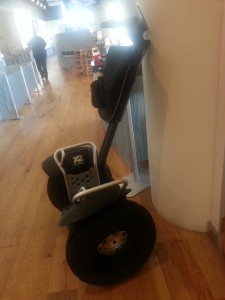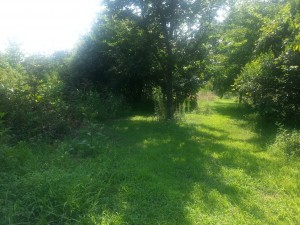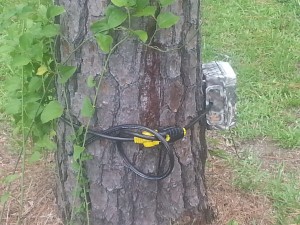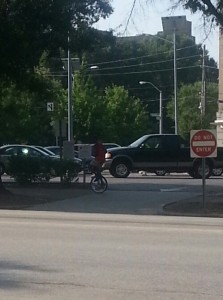Segway anyone?
Monthly Archives: July 2014
The Fox
Authors Note: I wrote this blog entry as a challenge from Micky, a naturalist with the Heritage Foundation and a science educator. She brought the eMammal team to Prairie Ridge on Monday July 14 for a nature walk. She challenged us as we walked to think of a habitat for an animal and then gave us time to explore and evaluate a habitat space for the animal.
This week I was a fox, a red fox more specifically.
I found a great looking River Birch tree about 150 meters from the nearby creek. The creek is essential to my habitat as it provides fresh water. Fresh water also means that other small animals will be close by that might make for a tasty meal.
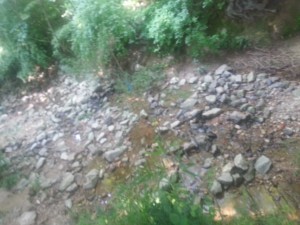
The River Birch tree is a favorite of mine. I like the beauty of this tree. Nearby is a Red Oak tree. Its acorns are also a source of food for me, but again, also for other small critters that live nearby. More opportunity for me to find a meaty snack.
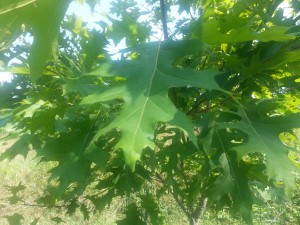
As I pondered my habitat, a shadow from a flying creature passed over the ground. I could tell by its shadow that it was a hawk, confirmed it as a red-tail by sighting it as it flew by. Red-tails give me the shivers. I’m just big enough now where they usually don’t bother me, but I had a scary experience as a pup. I was out hunting with ma, when this horrifying screech froze me in my tracks. It was a Red-tail intent on grabbing me for its lunch. Fortunately I was just able to avoid its talons and ducked into a hollowed tree log.
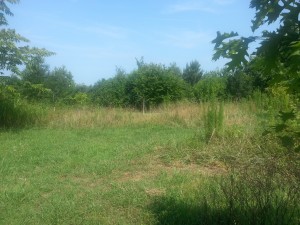
Surrounding these trees was a lot of low lying brush, tall grasses mixed in with Japanese stilt grass. I envision these grasses are home to many rodents species, especially cotton rats and white-footed mice.
Yes, this is a good habitat. Shelter from danger, access to water and food, and opportunity. This will do.
TYDSIB III
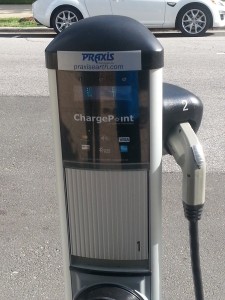
So… these are charging stations for electric vehicles. There are three-four of them outside of the museum. I wonder how long until they’re more common place OR until we see them in Burgaw?
The Citizen Science Classroom
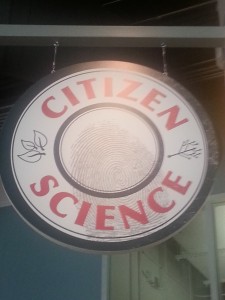
In considering the scope of this summer’s externship with the Museum of Natural Sciences through the Kenan Fellows program, I believe what we are trying to accomplish in the classrooms is a complete revolution in the way we do science education.
Before I had been accepted into the Kenan Fellowship, I had heard direct from Rob Dunn himself, talk about the idea of an issue he had with science education in secondary schools. In general practice, students perform investigations into questions in which we already know the answer. Very, very little “new” science is ever done in the middle or high school setting. This is in stark contrast to how science works at the research and investigation level at universities and institutions around the world.
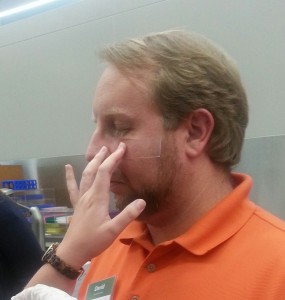
So the concept of citizen science, a revolutionary idea in itself – where everyday people contribute to the data collection and investigation of a question – is the central theme to my externship this summer. Each of the four labs at the museum are attempting to create and sustain real-world, real-time investigations by partnering with middle school classrooms. Could this be the wave of the future of science education in schools?
I absolutely think so.
At first thought, the concept of citizen science in the classroom is scary. Its messy. There’s no definitive end result. It almost as if you are “building the plane while you’re attempting to fly it.” I think this is what frightens a lot of teachers. BUT we have to realize that this is exactly how science is done. Science, is messy. Uncertain, at times.
And that is the joy of science. Fulfilling our innate curiosity to discover and learn new things and more about the world around us. I have met scientists who have discovered new mammals, learned about mites on our bodies, discovered a new species of dinosaur. I have learned new things by practicing animal trapping and exploring the research collections. What an amazing experience to see real-science done, day in, day out.
Now, how do I connect this to the classroom? Here are my thoughts:
1) I have to be intentional about hands-on, real, and new science in the classroom. Yes, the wealth of scientific discovery over the course of our history must be taught and understood. But building on that knowledge should be a priority as well.
2) Its not that hard. As I process the nuances of my project with the eMammal team, I realize more and more how possible it is to carry out the project. Yes, there’s concerns about spending time on eMammal versus the curriculum. But isn’t the sacrifice worth it for the experience of discovery and investigation? Taylored with thought, I do not think it is as BIG an obstacle I thought it might be.
3) Can my classroom function as a research lab? Working in the Biodiversity Lab, and seeing everyone work on their projects both independently and cooperatively, under the guidance of more senior researched, I’ve questioned myself as to whether this model could also exist in a middle school science classroom. I think maybe it could, and I’m looking forward to try it with my classes.
4) It doesn’t mean giving up on the curriculum. In 6th grade I cover the earth sciences from our solar system, to our little Sun-Earth-Moon relationship, to understanding the earth processes like earthquakes and volcanoes. I cover atoms and matter, heat transfer and wave energy. I cover plant reproduction and behavior and biomes. All of this is outside the scope of the eMammal project, and I look forward to seeing what “real” investigations I can engage my students in with these topics, because these topics are great and fun too.
TYDSIB II
Experiencing Technical Difficulties
So, I have always been that guy in my school that when colleagues have trouble with their computer or technology, they come find me. Since day one I’ve always tried to incorporate technology use into the classroom, whether it be using iPads, iPod touches, video cameras, laptops, chromebooks, etc…
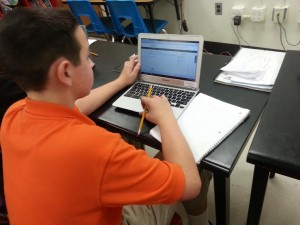
With that in mind, I’ll admit, one of the top challenges teachers face is dealing with using technology in their classrooms. For some teachers it’s enough of a challenge to avoid using technology all together. For them, it is not worth the time and effort to learn the tech use, plan a tech use in a lesson, execute the integration of the tech, troubleshoot issues and have a completion or final product. With pressures of high-stakes testing, limited devices – the simple.
Another challenge to using technology in the classroom stems from the student side of things. I have found that students come into my class with varying degrees of proficiency and familiarity with technology. Many factors contribute to this including the students background experiences, socioeconomic status and access to technology. Because of this variance, some students are more adaptable to assignments involving technology, others are not. And yet a third challenge – the technology and availability of those devices. Some schools do not have the means to provide technology for their students. Other schools may have large populations and low ratios of students to devices that teachers may have a difficult time scheduling time with technology. Solutions that I use in my classroom:
1) I have to be intentional about using technology and therefore “teaching” how to use the technology. I have to accept that role to produce digital learners that are proficient in using technology, even though it may not be in my “curriculum.”
2) BYOT – Our district is moving to a Bring Your Own Technology (this concept is the new buzz word I think in many school districts.) process in the schools, where students can bring and use their own devices in the classroom. This helps mitigate the lack of resources. Also, think of it this way – what would happen if we told students they couldn’t bring their own pencils to school?
3) Obtain and share resources. Just like anything else that is worth getting for our students, I have to accept the responsibility of trying to obtain technology for instructional use. That might mean writing grants or lobbying for more funds. Once I get those resources, I have a responsibility to share with other teachers for other students’ benefits and share my expertise on using those skills.
Things You Don’t See in Burgaw (TYDSIB)
Working in Raleigh this summer has allowed me to encounter some sights that I rarely see in Burgaw. So I thought it would be fun to document a few I’d these sights on the blog.
Check out this bad boy. I had to look it up to double check, but my initial identification was correct: a Lotus Elise. 0-60 in 4.3 seconds anyone?

